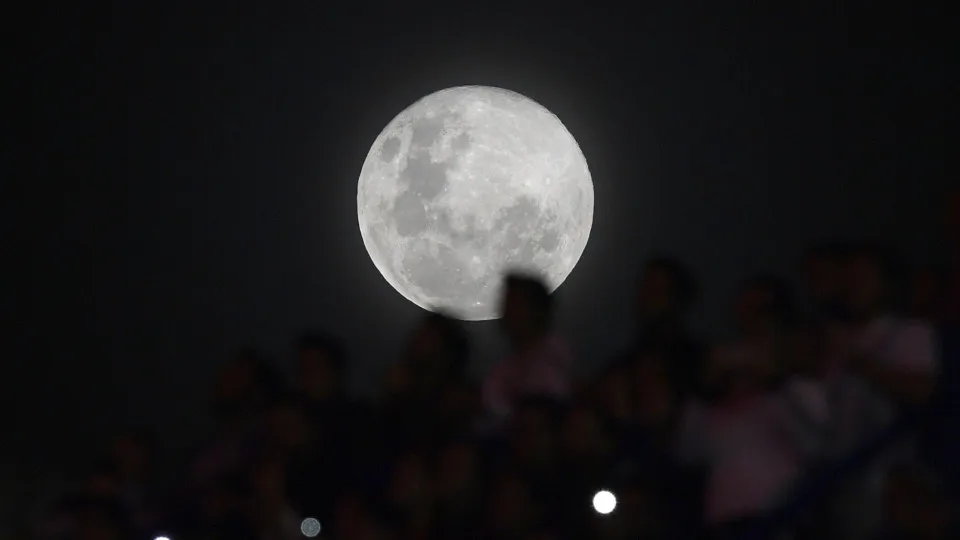NASA says that the chances of the asteroid known as 2024 YR hitting Earth have been virtually eliminated—but there is a small probability that it could collide with the Moon.
The agency has updated its predictions, revealing that the odds of the asteroid striking the Moon on December 22, 2032, are 4%. This figure could increase by more than 30%, depending on new data expected from the James Webb Space Telescope by 2026.
Since the Moon lacks an atmosphere, a collision could generate a vast crater, flinging debris into space. Experts suggest that if 2024 YR4 strikes the Moon, some fragments could potentially fall back to Earth.
NASA will continue monitoring the space rock and may revise its risk assessment as more information becomes available. But where did the asteroid come from? And what role will it play in the future of our planet? Click through this gallery to find out.



